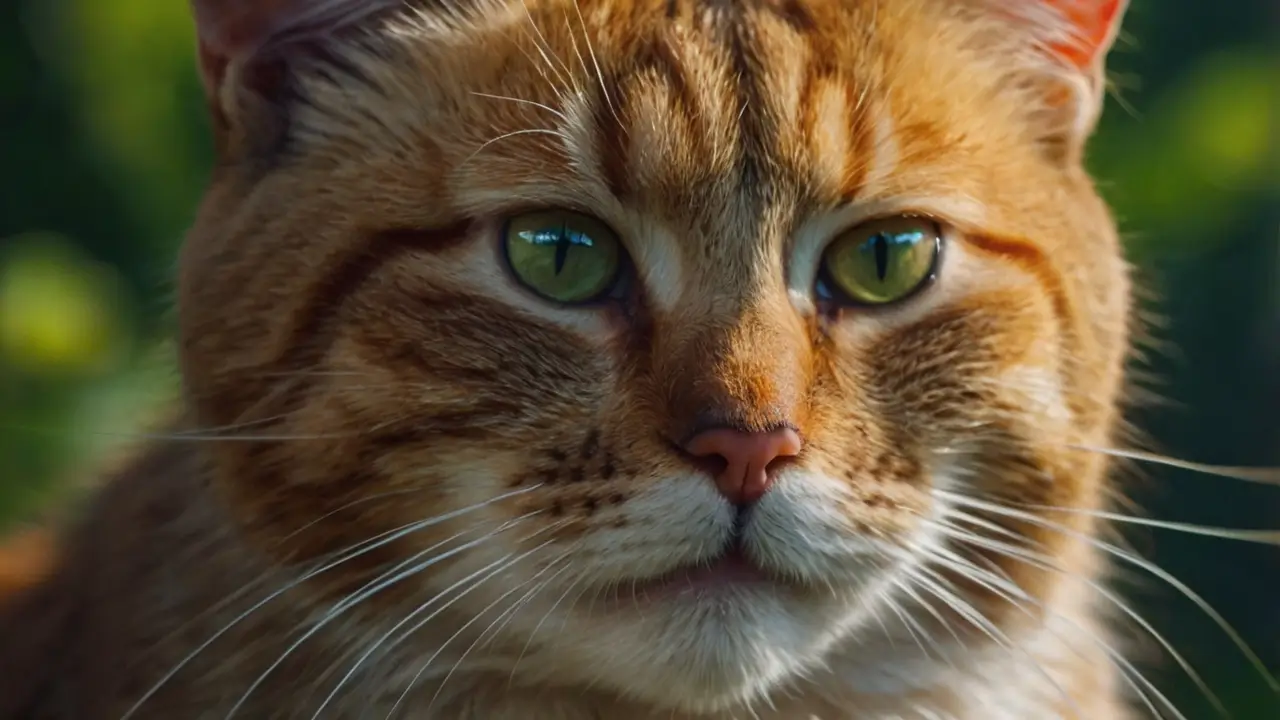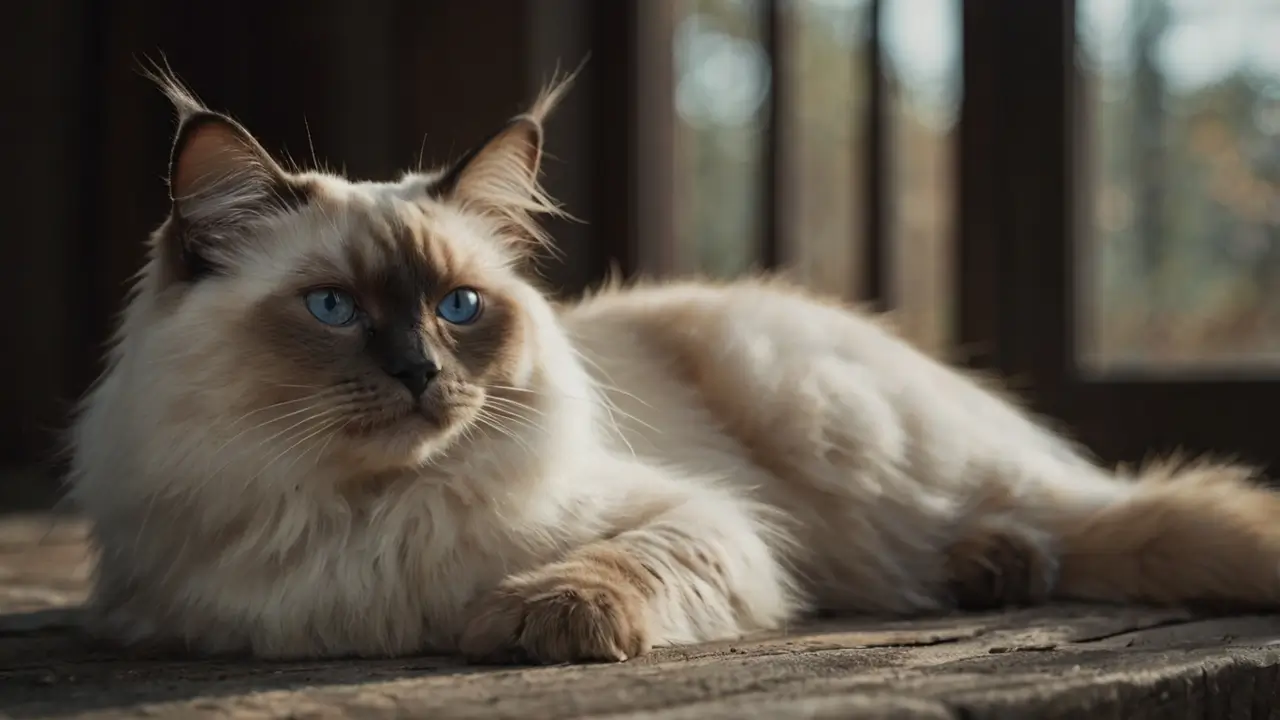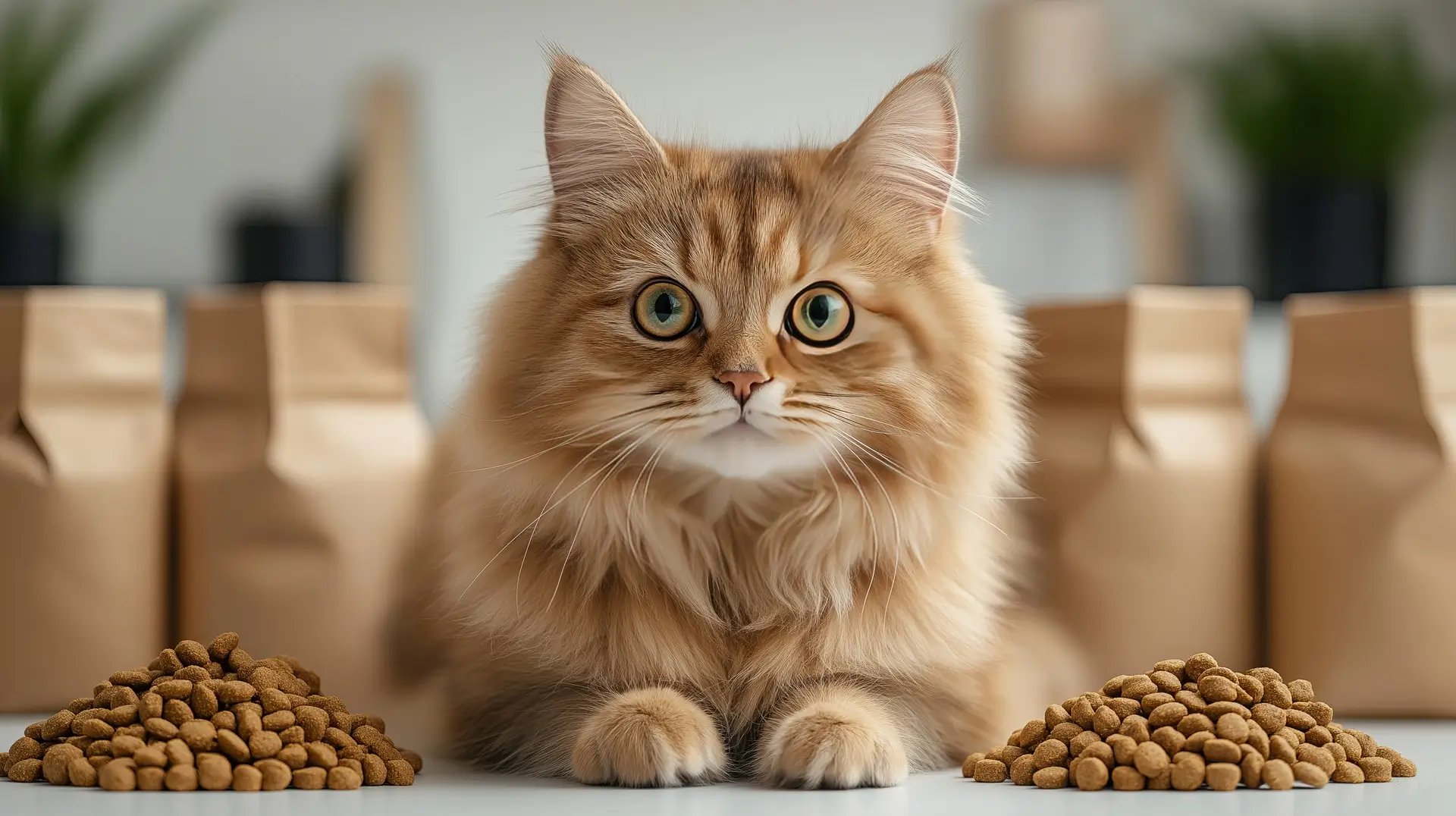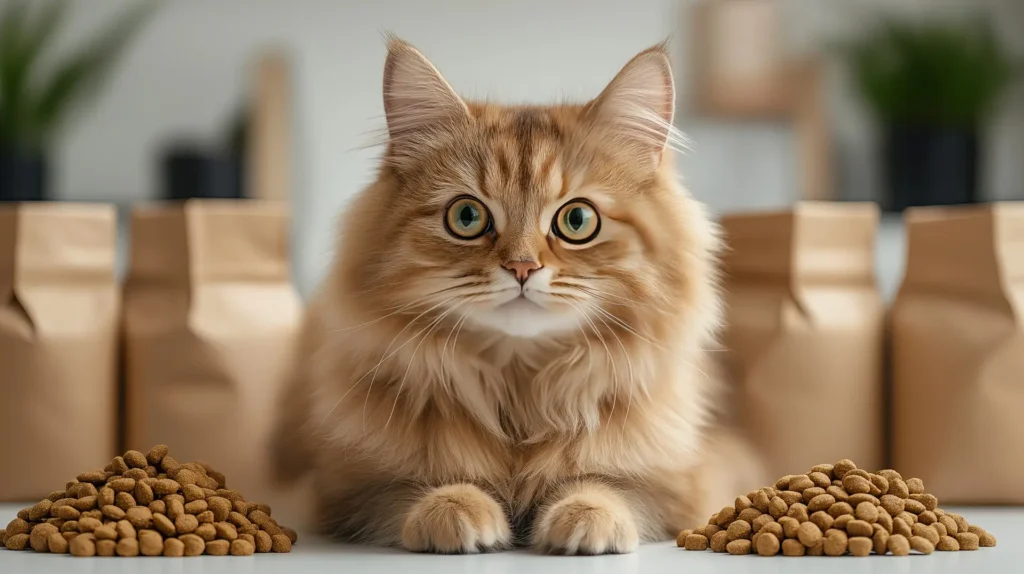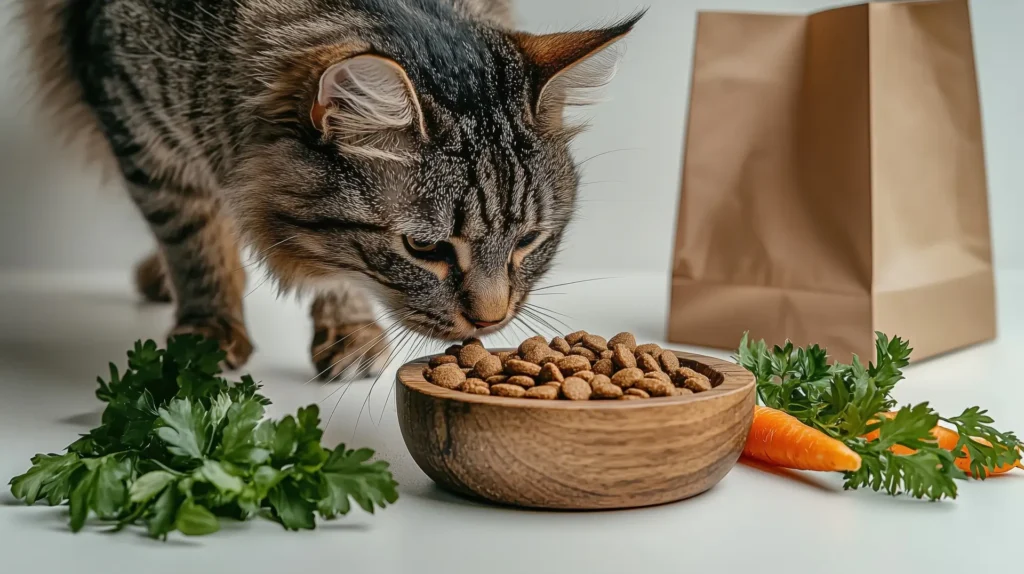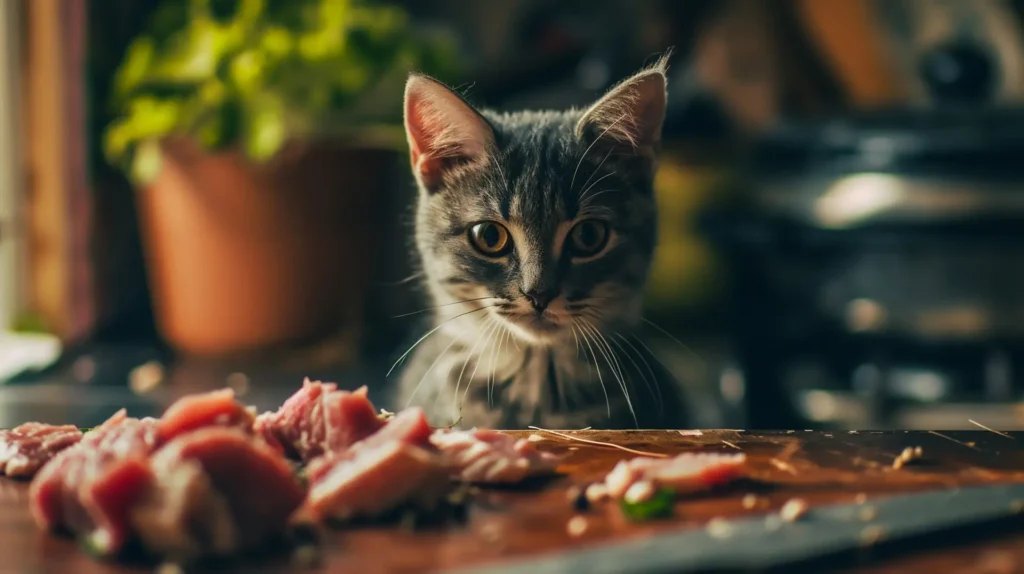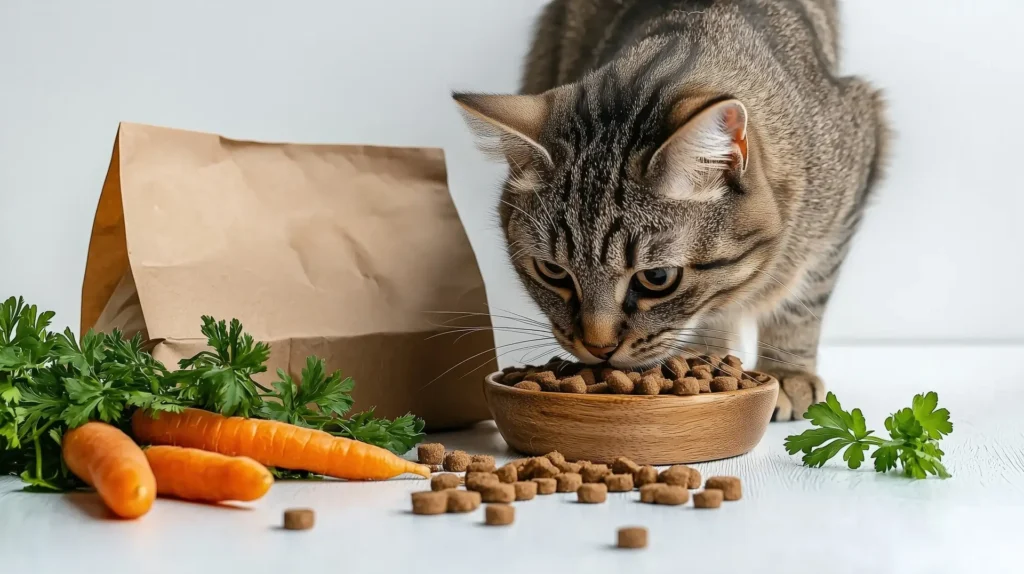The hunt for the best cat food brands for your furry friend can feel like finding a needle in a haystack. You see countless options, formulas, and confusing advice everywhere. As a loving pet owner, you want the absolute best. Your choice should truly nourish your cat for a long, happy life.
Choosing the right cat food brands is vital. It’s not just about the price tag. It is about the fundamental building blocks of your cat’s health. Remember that cats are obligate carnivores. This means their biology demands a diet very high in animal protein. A poor food choice can sadly lead to health issues and digestive problems. Understanding the difference between a high-quality, science-backed formula and a cheap filler-heavy option is your first, best step toward proper cat nutrition.
This guide is your expert roadmap. We will carefully compare 13 major cat food brands. We cover everything from the most common to the most high-end options. We look at ingredient philosophy, nutritional quality, safety records, and what real owners are saying. Our goal is simple: to give you the knowledge. This allows you to make a confident choice for your cat’s unique needs and your budget.
What to Look for When Evaluating Cat Food Brands
Before we compare the brands, you must know what makes great cat food. Evaluating these key points ensures you choose high-quality cat food brands.
- Ingredient Quality: Cats thrive when protein-rich meat or fish is the number one ingredient. Look for specific meat sources. Avoid vague terms like “meat by-products.” Also, check for too many grain-free binders and cheap fillers like corn, wheat, or soy.
- Nutritional Adequacy (AAFCO Statement): The AAFCO sets the minimum nutritional rules. The label must clearly state if the food is “complete and balanced.” This is crucial for all life stages and essential for good cat nutrition.
- Transparency & Safety: A brand’s history of recalls is a major safety flag. The best brands are always open about sourcing and testing. They often use PhD-level veterinarian recommended nutritionists. This is like checking a restaurant’s health score before you eat there.
- Brand Philosophy: Does the company focus on high-meat, “biologically appropriate” diets like Orijen? Or do they use veterinarian recommended specialty formulas, based on deep research, like Royal Canin?
- Price vs. Value: Don’t just look at the cost of the bag or can. Instead, look at the cost per calorie. A food that is more expensive but very dense in nutrients may cost less per day. This is a much better way to measure value.
- Real-World Feedback: Palatability means whether your cat will actually eat the food. This is the ultimate test. Good food is worthless if your cat won’t touch it. Owner reviews often tell you how well the food is accepted.
Comparison of 13 Top Cat Food Brands
Here is a detailed look at the 13 top cat food brands. We grouped them by their main focus and goals.
1. Fancy Feast
- Philosophy / Reputation: This is a huge market brand. It is famous for its wet cat food pâté. It is often the gold standard for getting picky cats to eat.
- Ingredient & Nutrition: Pâté generally has decent protein (about 45% dry-matter). It often uses meat by-products and artificial additives. Fancy Feast cat food brands dry food uses more plant ingredients.
- Pros: It is very affordable and easy to find everywhere. It is highly palatable, which helps cats get needed hydration.
- Cons: The ingredient quality is lower in some recipes. It uses fillers and artificial additives.
- Recall / Safety: There are no known major recalls for Fancy Feast cat food.
- User Feedback: It’s very successful with cats that refuse other foods. Many owners use it to mix with higher-quality food.
2. Royal Canin
- Philosophy / Reputation: This global brand is science-focused. It is often the first choice for veterinarian recommended therapeutic diets.
- Ingredient & Nutrition: Formulas focus on precise nutrient levels for specific health needs. Protein can be lower than high-meat brands, but it is very digestible.
- Pros: It is unmatched for cats with chronic issues. Vets widely trust Royal Canin cat food for its deep research.
- Cons: It is more expensive than many brands. Some recipes use fillers or carbs to meet specific nutrient profiles.
- Recall / Safety: Royal Canin cat food has had past recalls, but it is still highly reliable.
- User Feedback: Owners see excellent results under vet care. Some cats, however, find it less tasty than gourmet foods.
3. Friskies
- Philosophy / Reputation: This is the definition of a budget, mass-market friskies cat food. It focuses strongly on variety and keeping costs low.
- Ingredient Quality: It is known for using by-products, corn, soy, and artificial colors in many recipes.
- Pros: Very low cost and easy to find everywhere. It has a massive range of flavors and textures.
- Cons: It uses lower-quality protein sources and a high amount of fillers.
- Safety / Recalls: It has no unique major recall history.
- User Sentiment: It is used mainly for low-cost feeding. Many recommend adding higher-quality food to the diet.
4. Blue Buffalo
- Philosophy: This is positioned as a blue buffalo cat food premium pet food. It stresses real meat and natural ingredients. Many lines avoid by-product meals, corn, wheat, or soy.
- Pros: It has strong marketing and a high-quality reputation. It offers a good variety (life-stage, sensitive formulas).
- Cons: It has had past recalls. Some owners report inconsistencies in the product quality. There is also a price premium.
- User Feedback: It is very popular for its ingredient philosophy.
If you are feeding both wet and dry, you need to know the differences. Learn more about the best dry cat food options.
5. Purina
- Philosophy: This includes Purina cat food lines like Purina One and Purina Pro Plan. They focus on scientific research and a wide variety.
- Nutrition: They generally offer solid macro profiles. Many lines are backed by feeding trials. Pro Plan is a frequently veterinarian recommended line.
- Pros: High reliability, research-backed premium pet nutrition, and good value.
- Cons: Some formulas still use by-products. It feels less “boutique” than true organic cat food.
6. Sheba
- Philosophy: Sheba cat food is a wet cat food brand. It is known for its elegant shreds and premium flavor.
- Ingredient & Nutrition: It typically lists meat or fish first. It has high moisture content, which is great for hydration.
- Pros: Very palatable, premium feel, and great for picky eaters.
- Cons: It has a higher cost per ounce and smaller portions. It has fewer options for health-focused lines.
- User Feedback / Reputation: It is generally viewed as a “luxury” food.
7. Science Diet (Hill’s)
- Philosophy: This is another essential veterinarian recommended brand. It has a strong focus on research and rigorous formulas. This is especially true for therapeutic diets.
- Ingredient Quality: It uses balanced, research-driven formulas. It prioritizes precise nutrition over an “all-natural” feel.
- Pros: It is excellent for health-specific needs (e.g., weight, kidney, GI). It is scientifically proven.
- Cons: It is pricey. Some say the ingredients are “too safe” or not “all natural.”
- Recall / Safety: Science Diet cat food generally has very high safety standards.
8. Iams
- Philosophy / Nutrition: This is a legacy mid-tier brand. It aims for affordable quality with specific life-stage formulas.
- Pros: It is good for owners watching their budget. It is readily available. It offers many formula options.
- Cons: The ingredient quality is often lower than that of top-tier brands. Some formulas use by-products.
- User Feedback: The feedback is mixed. Some love Iams for its value, while others seek more premium pet food.
9. Orijen
- Philosophy: This high-end orijen cat food focuses on a “Biologically Appropriate” diet. It uses fresh/raw animal ingredients, organs, eggs, and fish.
- Ingredient Quality: Very high quality. It uses fresh or raw animal ingredients and is very protein-rich.
- Nutrition Profile: It is extremely high in protein and very low in fillers. It is essentially a grain-free food.
- Pros: Excellent for a species-appropriate diet. It offers a superior macronutrient profile.
- Cons: It is very expensive. Some testing has raised concerns about heavy metal content.
Origen’s focus on raw ingredients is perfect for active felines, such as a fisher cat.
10. Rachael Ray (Nutrish)
- Philosophy: This celebrity brand focuses on “simple” and natural ingredients.
- Nutrition: Many of her recipes are meat-forward. They use simple protein sources plus added vitamins.
- Pros: Trustworthy branding and good transparency. It offers a decent variety of formulas.
- Cons: The price can be higher than basic food. It has limited therapeutic options.
- User Feedback: Generally favorable, appealing to owners who want accessible natural ingredients.
11. Tiki Cat
- Philosophy: This boutique brand is known for its texture. It has shreds and flakes with extremely high meat/seafood content. This makes it a popular tiki cat food choice.
- Ingredients / Philosophy: It uses real meat and seafood. It has minimal fillers and no corn or wheat in many lines. It is high-moisture wet cat food.
- Pros: Great variety and a gourmet style. It is highly appealing to picky eaters.
- Cons: High price and small can sizes. Some low-fat lines may need careful pairing for complete nutrition.
Every cat is unique in taste and needs. For inspiration on caring for breeds, check out our guide on Bengal cats.
12. Ziwi Peak
- Philosophy: This is a super-premium, air-dried, or raw-style brand. It is often referred to as a Ziwi Peak cat food option. It focuses on a protein-rich whole prey concept.
- Ingredient Quality: Among the highest quality available. It uses meat, organs, and bone with minimal carbohydrates.
- Nutrition: It is extremely high in protein and very nutrient-dense. This is a very high-quality, premium pet food.
- Pros: Excellent for nutritionally “pure” feeding. It has very high ingredient integrity and minimal processing.
- Cons: It is extremely expensive. It is not available in all areas. It requires careful portion control due to its density.
13. Applaws
- Philosophy: Applaws cat food is a premium natural ingredients brand.
- Ingredients: It often features single proteins like chicken or fish. It has minimal additives and simple lists.
- Pros: Great transparency and minimalism. It has very high meat content. It is good for cats with sensitivities.
- Cons: Higher price and limited formula diversity. Many formulas are supplemental only, so check the label carefully.
- User Sentiment: Generally positive among owners who want natural, high-meat diets.
To ensure your feline is happy and healthy every day, consider the tips found in Love Your Pets Daily.
Comparative Analysis
| Brand Name | Primary Focus / Philosophy | Key Ingredient Quality | Typical Price Point | Best For | Trade-Off / Consideration |
| Fancy Feast | Palatability & Affordability | Decent protein, uses by-products/ fillers | Budget | Picky Eaters, Hydration | Lower overall ingredient quality |
| Royal Canin | Specialty Formulas & Science | Precise functional nutrition, moderate protein | Premium | Cats with specific health issues (Vet-guided) | Can contain fillers/carbs |
| Friskis | Cost Effectiveness | Relies heavily on fillers, corn, and soy | Budget | High-Volume Feeding | Lowest overall ingredient quality |
| Blue Buffalo | “Natural” & Premium Marketing | Real meat first, no chicken by-products | Mid to High | Owners seeking natural ingredients | Price premium, historical recalls |
| Purina Pro Plan | Research & Reliability | High-quality, tested formulas, good value | Mid-Tier | Everyday feeding, reliability, vet-backed cat nutrition | Less “gourmet” or “natural” feel |
| Sheba | Gourmet Wet Cat Food | High meat / seafood content, high moisture | Mid to High | Hydration, Picky Eaters | High cost per ounce, small cans |
| Science Diet | Veterinarian Recommended Research | Balanced, precise nutrient delivery | Premium | Therapeutic/Prescription diets | Can be pricey, not always high-meat |
| Iams | Value & Accessibility | Mid-tier quality, decent protein-rich options | Budget-to-Mid | Budget- conscious owners | Quality is inconsistent across lines |
| Orijen | Biologically Appropriate Diet | Extremely high, fresh/raw meat, organs | Ultra-Premium | Species- appropriate, protein-rich diets | Very high cost, dense calories |
| Rachael Ray | Wholesome & Transparent | Meat-first, simple recipes | Mid-Tier | Owners seeking simple, natural ingredients | Limited therapeutic options |
| Tiki Cat | High Moisture, Gourmet Texture | Real shredded / flaked meat/fish | High | Cats needing maximum hydration, picky cats | High price, some lines are supplemental |
| Ziwi Peak | Minimal Processing, Whole Prey | Air-dried or raw, high meat/bone/organ | Ultra-Premium | Low-carb, protein-rich feeding | Extremely expensive, highly nutrient-dense |
| Applaws | Single-Protein Minimalism | High meat content, very simplified lists | High | Cats with specific food sensitivities | Many formulas are supplemental only |
A brand like Orijen may cost more, but it offers highly protein-rich nutrition. A food like Purina Pro Plan is research-backed and reliable. The “best” food is truly the one your cat happily eats and thrives on.
How to Decide Which Brand Is Right for Your Cat
Making the final choice means looking closely at your cat’s needs:
- Assess Your Cat’s Needs:
- Age and Life Stage: Kittens need high protein and calories. Senior cats need food that is easy to digest.
- Health Conditions: If your cat has health problems, a veterinarian recommended therapeutic diet is safest. These come from Royal Canin cat food or Science Diet cat food.
- Appetite / Pickiness: A highly palatable wet cat food may be necessary. Brands like Tiki cat food or Fancy Feast help ensure calorie intake.
- Set Your Budget:
- Choose a monthly budget you can stick to. It is better to consistently buy a good mid-tier brand. Avoid constantly switching between budget and expensive options.
- Try Strategically:
- Introduce any new food very slowly over 7 to 10 days. Watch for changes in their coat, energy, and stool quality.
- Wet cat food is usually better than dry cat kibble for hydration.
- Stay Informed:
- Track recalls and read about brand transparency. Always consult your vet if you have any serious concerns.
Conclusion
Choosing among the many cat food brands is an act of care. It means understanding a company’s mission. Then, you match that to your cat’s specific needs and preferences.
There is truly no one “best” brand. Every option, from budget friskies cat food to ultra-premium Ziwi Peak cat food, has strengths and weaknesses. This guide gives you the facts. Now you can look past the glossy marketing.
Your next step is to watch your cat. Try a small amount of your chosen brand. Introduce it slowly, and check their coat, energy, and stool. Always consult your veterinarian recommended professional. This is especially true for hypoallergenic cat diet needs.
FAQs
Which brand is best for cat food?
There is no single “best” cat food brand. The best choice depends on your cat’s health, age, and your budget. Veterinarian recommended science-backed brands like Royal Canin cat food are best for medical needs. High-meat, protein-rich brands like Orijen cat food are for owners seeking a natural diet. The true “best” is the food your individual cat does well on.
What are some healthy cat food brands?
Healthy cat food brands focus on high-quality animal protein as the main ingredient. They also avoid bad fillers, colors, and preservatives. Brands like Tiki Cat food, Blue Buffalo cat food, and Purina cat food (Pro Plan) are reliable. They offer complete cat nutrition using natural ingredients.
What are the top 5 healthiest dry cat foods?
The healthiest dry cat kibble is low in carbs and high in animal protein. Top dry options include Orijen cat food (for high protein/low-carb). Purina Pro Plan offers research-backed nutrition. Hill’s Science Diet is great for specialty formulas. Certain Blue Buffalo formulas also meet high-meat standards. These provide superior protein-rich nutrition in a dry format.
What is the #1 recommended cat food?
The most veterinarian recommended cat food brand is usually Purina Pro Plan, Royal Canin cat food, or Science Diet cat food. Vets prefer these due to their deep research and strict quality control. These brands are highly reliable and offer therapeutic options for nearly all health issues. This makes them widely trusted.
What cat food brands to avoid?
You should generally avoid cat food brands that list cheap fillers or ambiguous “meat by-products” first. Also, avoid brands lacking an AAFCO statement. While budget brands like Friskies cat food and Fancy Feast cat food are very palatable, a better long-term choice avoids artificial colors. Look for higher-quality, named protein sources for optimal cat nutrition.

